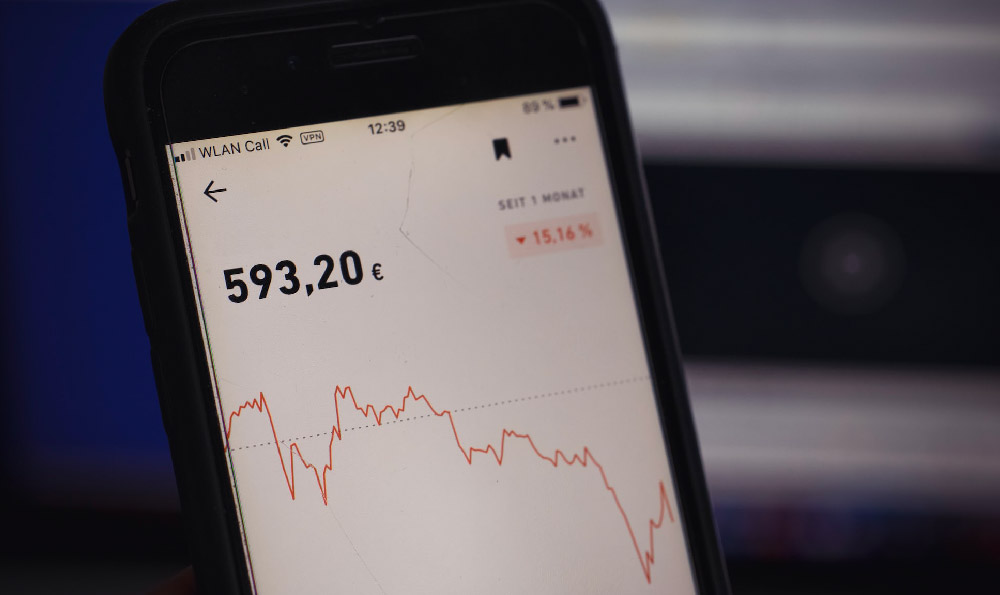When are you least risk-averse? And why does that matter?

The question of when one is least risk-averse is deeply intertwined with psychological biases, market conditions, and individual financial circumstances. Understanding these factors is paramount for anyone venturing into the volatile world of cryptocurrency investments, or any investment for that matter. Identifying periods of heightened risk tolerance can help you avoid making impulsive decisions that could significantly harm your portfolio.
One common scenario where risk aversion diminishes is during periods of substantial market gains. When the market is booming and everyone seems to be making money, a feeling of euphoria can set in. This can lead investors, especially those new to the game, to believe that the good times will never end. They may start taking on more risk, chasing higher returns by investing in riskier assets like meme coins or projects with little fundamental value. This is driven by the fear of missing out (FOMO) and a belief that they can quickly get rich. The problem is that such booms are often followed by corrections, and those who bought at the peak are usually the ones who suffer the most significant losses. The illusion of easy money can blind individuals to the inherent risks involved, leading to a reckless approach to investment.
Another factor that can lower risk aversion is a feeling of financial security or overconfidence. If someone has recently experienced a financial windfall, such as a large bonus, inheritance, or successful business venture, they may feel invincible and be more willing to gamble with their money. This overconfidence can lead to them overlooking due diligence, ignoring red flags, and investing in assets they don't fully understand. The belief that they can afford to lose money can overshadow the importance of sound investment strategies.

Conversely, desperation can also lead to decreased risk aversion. Individuals facing financial difficulties, such as job loss or mounting debt, might see high-risk investments as their only hope for a quick turnaround. They may be tempted to put all their savings into a volatile cryptocurrency, hoping for a massive return that will solve their problems. This is an extremely dangerous approach, as it exposes them to the possibility of losing everything and worsening their financial situation. This desperation often overrides rational decision-making, leading to poor choices driven by anxiety and hope.
Furthermore, the influence of social circles and online communities can play a significant role in shaping risk tolerance. When surrounded by individuals who are actively investing in cryptocurrencies and sharing their success stories, it's easy to get caught up in the hype. This can lead to peer pressure and a desire to emulate the perceived success of others, even if it means taking on more risk than one is comfortable with. Social media and online forums can amplify this effect, creating echo chambers where risky investment strategies are normalized and dissenting voices are drowned out. The anonymity of the internet can also embolden individuals to take on more risk than they would in real life, as they may feel less accountable for their actions.
Understanding why these scenarios lead to decreased risk aversion is crucial for developing a more disciplined and rational investment approach. It allows investors to recognize when their emotions are clouding their judgment and to take steps to mitigate the risks. This might involve setting clear investment goals, sticking to a well-defined investment strategy, diversifying their portfolio, and avoiding the temptation to chase short-term gains.
The implications of understanding one's risk aversion are far-reaching. First and foremost, it helps protect capital. By recognizing when your risk tolerance is artificially inflated, you can avoid making impulsive decisions that could lead to significant losses. Secondly, it promotes long-term financial stability. A disciplined approach to investment, based on a realistic assessment of risk, is more likely to generate sustainable returns over time. Thirdly, it reduces stress and anxiety. By avoiding risky investments that keep you up at night, you can maintain a more peaceful and balanced life.
Moreover, recognizing times of lowered risk aversion enables a more objective evaluation of potential investments. Instead of being swayed by hype or fear, investors can focus on fundamental analysis, assessing the underlying value of an asset and making informed decisions based on data and research. This involves understanding the technology behind a cryptocurrency, the team behind the project, the market demand for the product, and the regulatory environment in which it operates.
In conclusion, understanding when you are least risk-averse and the underlying reasons behind it is essential for responsible cryptocurrency investment. Recognizing the psychological biases, external pressures, and market conditions that can influence your risk tolerance allows you to make more rational and informed decisions, protecting your capital and promoting long-term financial success. It's a continuous process of self-awareness and discipline, but one that is well worth the effort in the long run. Remembering that patience, due diligence, and a healthy dose of skepticism are the best defenses against the pitfalls of the cryptocurrency market. The goal is not to get rich quick, but to build wealth sustainably and responsibly.














